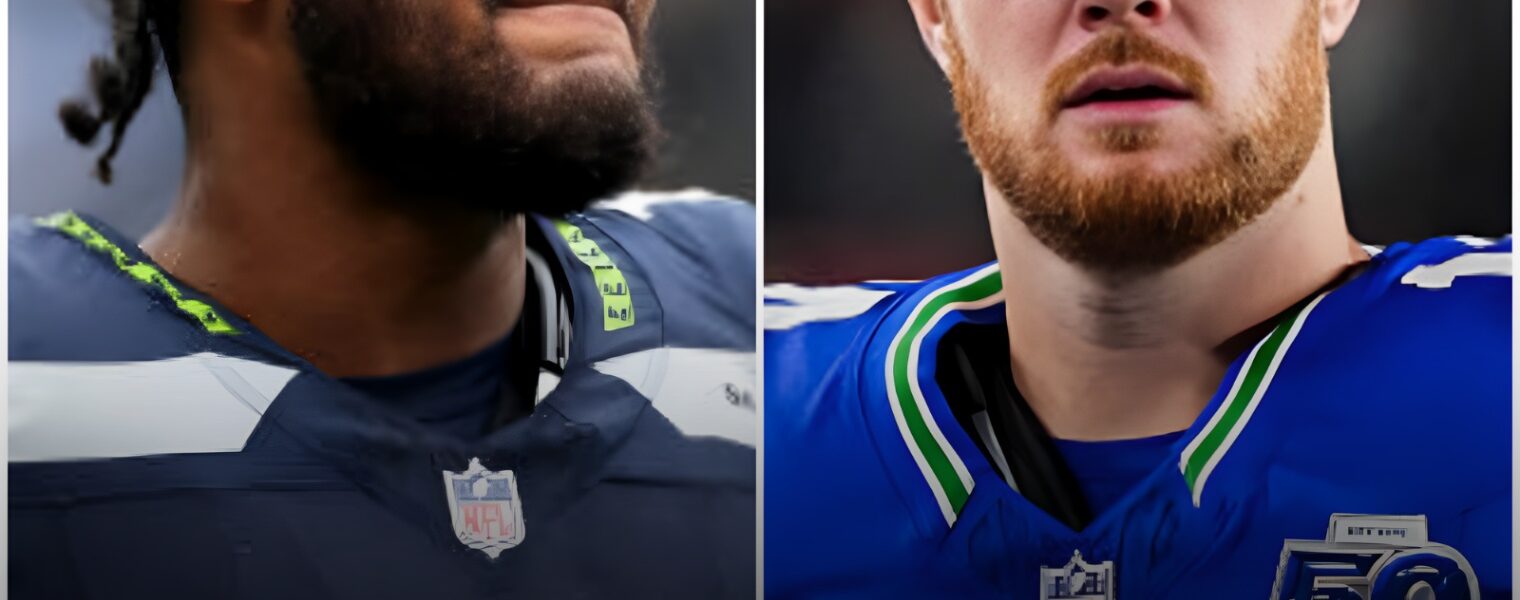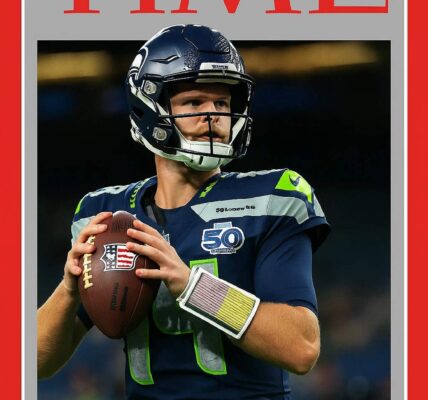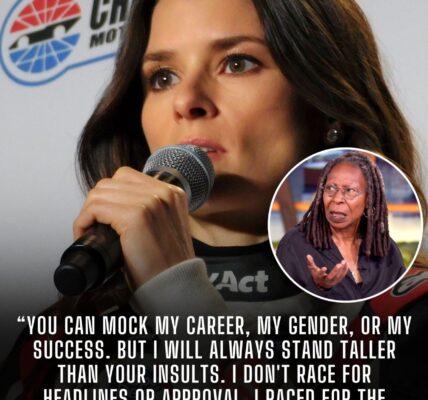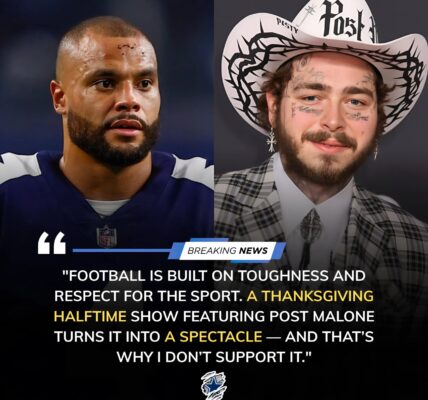Ernest Jones’ Locker Room Outburst: A Line Drawn in the Sand for the Seahawks
It was a night the Seattle Seahawks would rather forget on the field but not for the drama it unleashed off it. The team had just suffered a crushing defeat, with quarterback Sam Darnold enduring a nightmarish performance that included four interceptions. The air in the locker room was tense, thick with the frustration of players who had fought hard yet seen victory slip away. The reporters had gathered as usual, ready to press Darnold for explanations, dissect his mistakes, and probe the team’s morale. The atmosphere, already electric, was about to reach a boiling point.

The room was silent as the questions started—calmly at first, professionally, as though the media could keep their distance. But the scrutiny on Darnold’s performance intensified quickly, with repeated inquiries about the interceptions and how they affected the team. For most, the questions might have seemed routine, a standard part of the postgame experience. But for Ernest Jones, the Seahawks’ star linebacker, the situation was different. Watching his teammate, a key part of their offense, being publicly dissected and criticized, something inside him snapped.
“Quite frankly, f— you,” Jones erupted, his voice cutting through the silence like a thunderclap. The words hung in the air, a raw, unfiltered expression of frustration, loyalty, and defiance. Media members froze mid-pen stroke, microphones tilted, cameras blinking as if they couldn’t process the scene in real time. Even some players, who were used to high-pressure environments and intense locker room energy, looked up in astonishment. This was not the measured, diplomatic reaction one often sees after a loss. This was visceral, fearless, and entirely unexpected.
Jones didn’t stop there. He stepped closer to Darnold, just inches away, making it clear that his outburst was not just at the media—it was a declaration of solidarity. Anyone who questioned Darnold’s toughness or commitment was implicitly warned: the team would not stand by and allow its star quarterback to be publicly undermined. What had begun as a routine postgame press conference instantly transformed into a viral moment, a locker room showdown that exemplified both the intensity of professional football and the deep bonds between teammates.
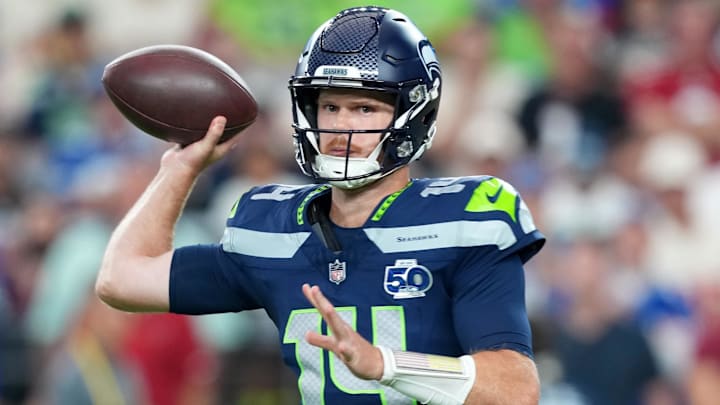
In the hours and days following the incident, the reaction was swift and polarized. Social media exploded with clips of Jones’ confrontation, fans debating the appropriateness of his language and his actions. Some applauded his loyalty, hailing him as a player unafraid to defend a teammate under fire. Others criticized the outburst as unprofessional, arguing that regardless of emotion, the media deserves respect in asking questions and that there are lines that should not be crossed. Analysts dissected the moment repeatedly, weighing its implications for team dynamics, player reputations, and the broader culture of accountability in professional sports.
For the Seahawks organization, Jones’ actions were a moment of both concern and pride. On one hand, the franchise is acutely aware of the optics of locker room outbursts, knowing that viral clips can shape public perception and even affect sponsorships, league reputation, and fan sentiment. On the other hand, Jones’ loyalty highlighted a core value the team has long championed: that Seahawks players are expected to protect and support each other, especially in times of adversity. Head Coach Pete Carroll commented in a postgame press conference that while the language used was “strong and unfiltered,” the underlying message of unity and support for a teammate was “exactly what we want to see in our locker room culture.”
The incident also sparked discussions about the pressures faced by quarterbacks in the NFL. Darnold, a player with both immense talent and high expectations, has faced scrutiny throughout his career, and four interceptions in a single game only magnify the criticism. Yet Jones’ defense underscored a counter-narrative: that public criticism should not overshadow the teamwork, effort, and dedication that go into competing at the highest level. For many players, moments like these reveal the thin line between accountability and destructive criticism. Jones’ outburst was a raw assertion of the idea that internal team loyalty sometimes matters more than outside opinions, especially when those opinions threaten to destabilize morale.

Beyond the immediate Seahawks locker room, the episode resonated across the NFL community. Players from other teams shared their perspectives, noting that locker room chemistry is often a delicate balance of trust, respect, and accountability. Veteran linebackers commented that defending a teammate in a heated moment is not just about solidarity—it’s about setting standards for how a team interacts internally and maintains cohesion during adversity. In that sense, Jones’ words, explosive though they were, served as a cultural touchstone for understanding modern locker room dynamics in professional football.
The media coverage, while initially focused on the sensational language, gradually shifted toward analyzing the strategic and psychological dimensions of the outburst. Sports psychologists explained that high-stakes environments like the NFL can lead to emotional releases when tensions reach critical levels. These moments, while controversial, can also strengthen team bonds, signaling to players that they are backed by teammates who will confront challenges head-on, both on the field and off it. Analysts suggested that Jones’ actions might, paradoxically, help Darnold recover from a difficult game by reinforcing the message that mistakes, while costly, do not define a player’s value or their standing within the team.
Fans, too, weighed in with intense debate. Clips of Jones’ confrontation went viral on Twitter, Instagram, and TikTok, garnering millions of views within hours. Memes, reaction videos, and commentary threads proliferated, highlighting the cultural appetite for raw, unfiltered moments in professional sports. For some fans, Jones became a symbol of loyalty and courage, the embodiment of a player willing to protect a teammate at all costs. For others, the incident sparked a conversation about the responsibilities of professional athletes to maintain decorum, even under extreme stress. This duality underscores the complex role that athletes play in modern sports: simultaneously entertainers, role models, and human beings navigating intense pressure.
The fallout extended beyond social media and sports commentary. Internally, the Seahawks’ leadership took the opportunity to review communication strategies and locker room policies. Meetings were held with team leaders to discuss how to channel emotions constructively, ensuring that passion does not lead to actions that could have unintended consequences. While Jones’ defense of Darnold was praised for its loyalty, the organization also emphasized the importance of balancing emotional expression with professionalism, particularly in spaces where media coverage can amplify even brief moments into viral spectacles.
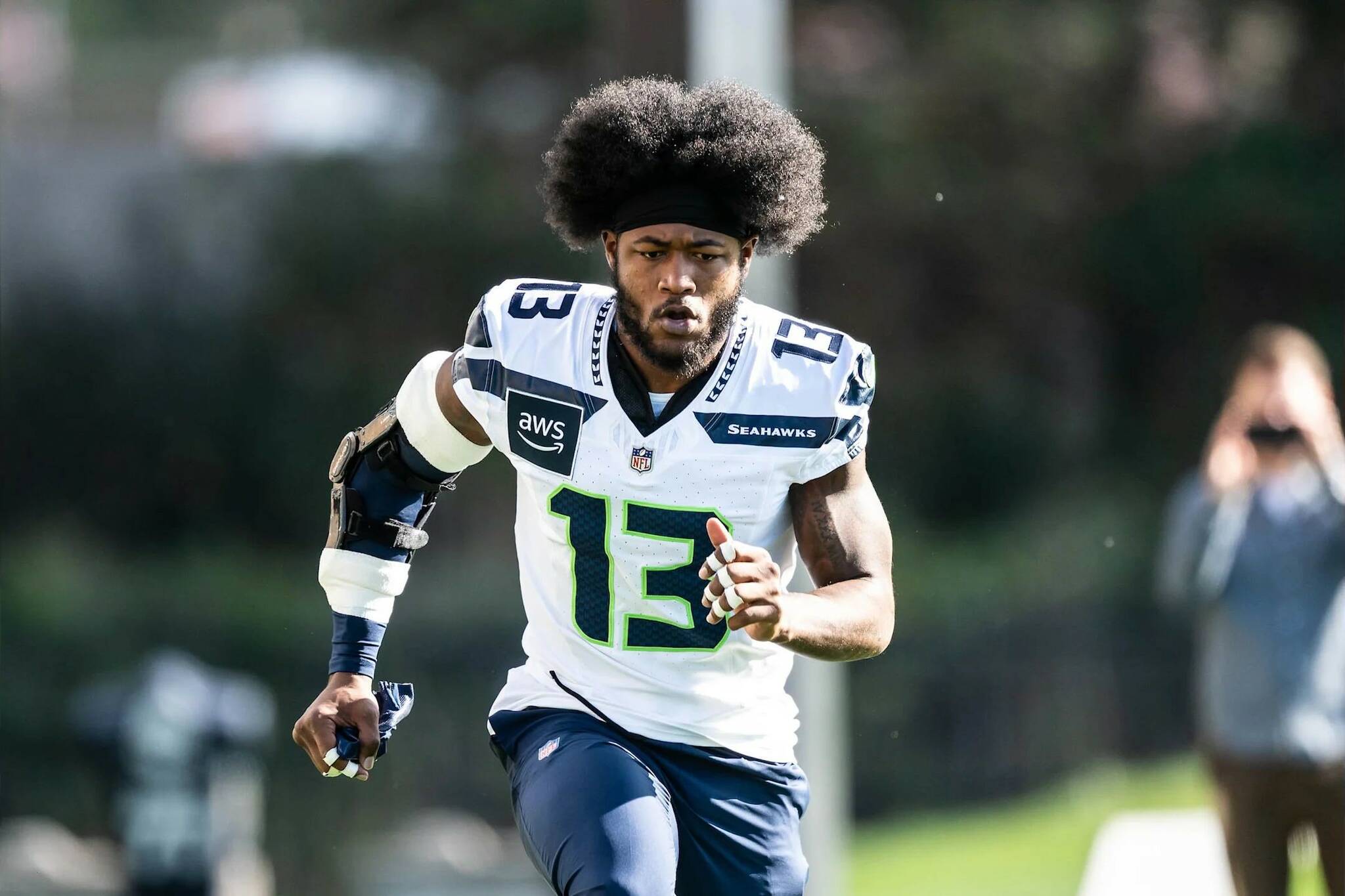
Ultimately, the Ernest Jones–Sam Darnold locker room incident is a microcosm of the high-stakes, high-emotion environment of professional football. It illustrates how moments of raw emotion, when fueled by loyalty and team unity, can resonate far beyond the walls of a locker room. It also highlights the pressures that athletes face under intense public scrutiny and the sometimes-fraught relationship between players and the media. Above all, it reinforces a fundamental truth of team sports: that the bonds between teammates can be a powerful force, capable of transforming frustration into statements of principle, and adversity into opportunities for solidarity.
In conclusion, what began as a difficult game for Sam Darnold evolved into a defining moment for the Seahawks. Ernest Jones’ outburst, shocking in its intensity and unapologetic in its delivery, served as both a defense of a teammate and a broader statement about the values of loyalty, respect, and courage in professional sports. While the incident sparked debate and controversy, it also showcased the deep connections that underpin team dynamics, the unspoken codes of conduct that bind players together, and the intense pressures that define life in the NFL. Moments like these remind fans and analysts alike that beyond the statistics, wins, and losses, there is a human element to the sport—one that is messy, passionate, and at times explosive, but always integral to the heart of the game.
